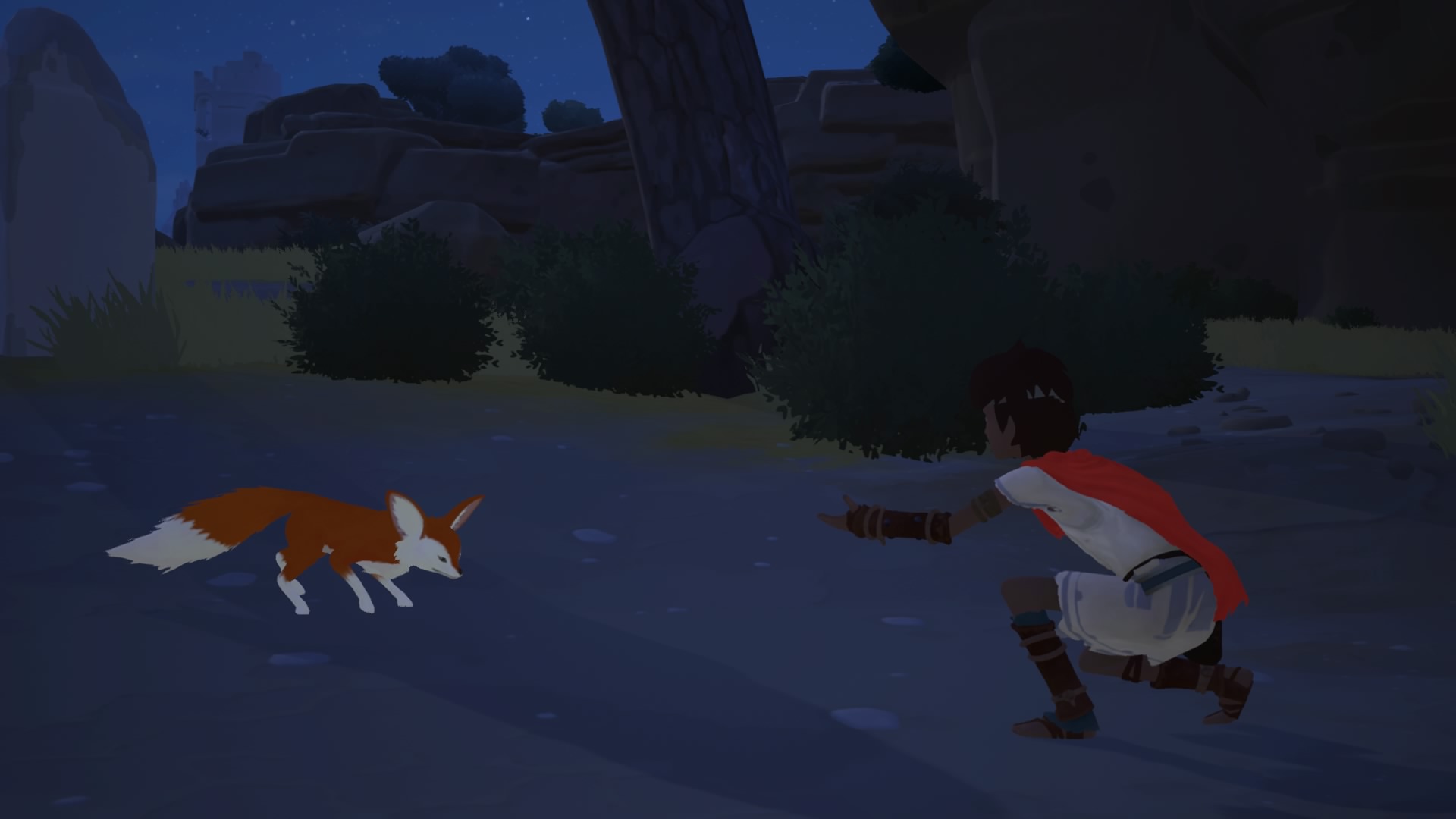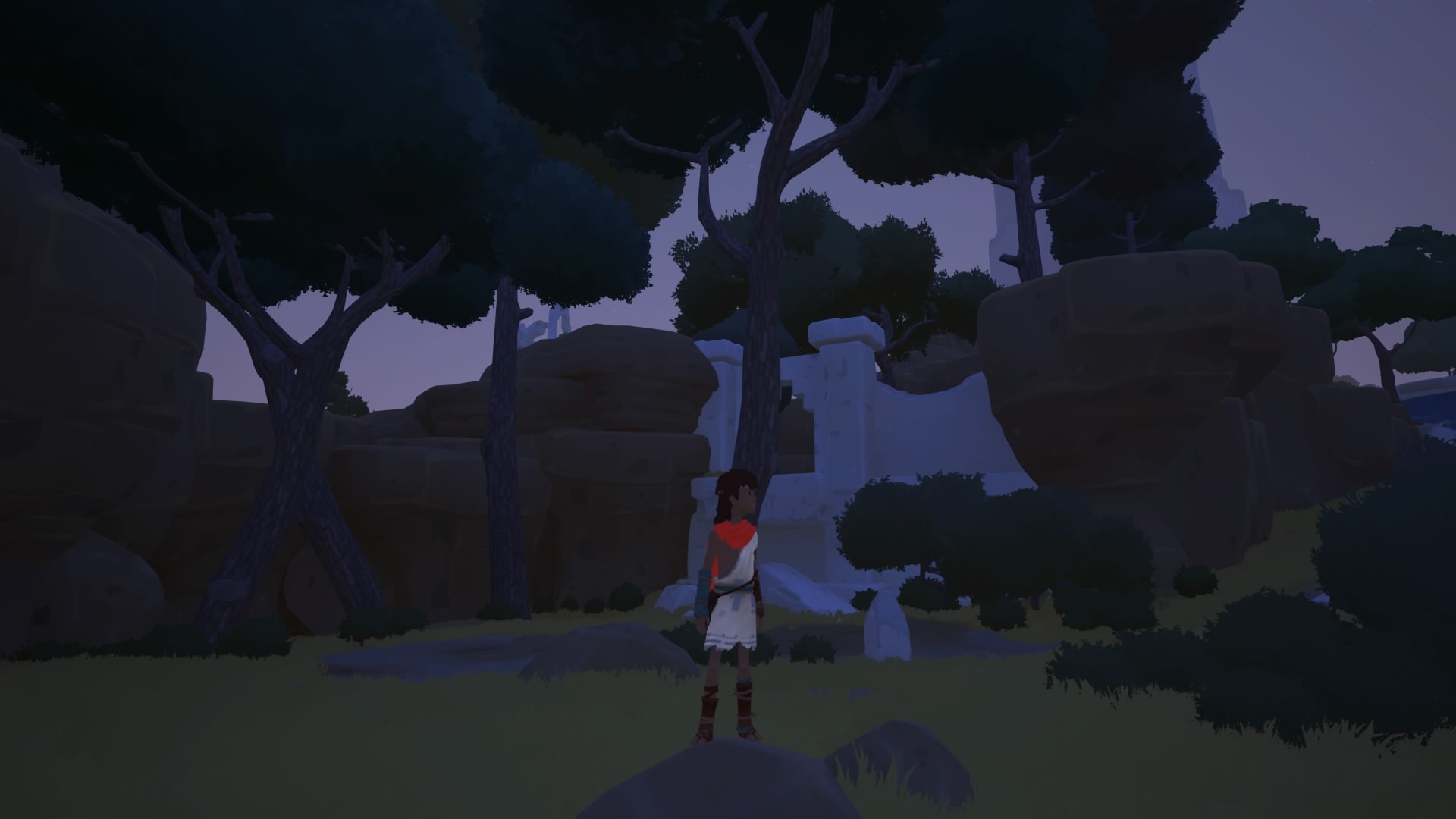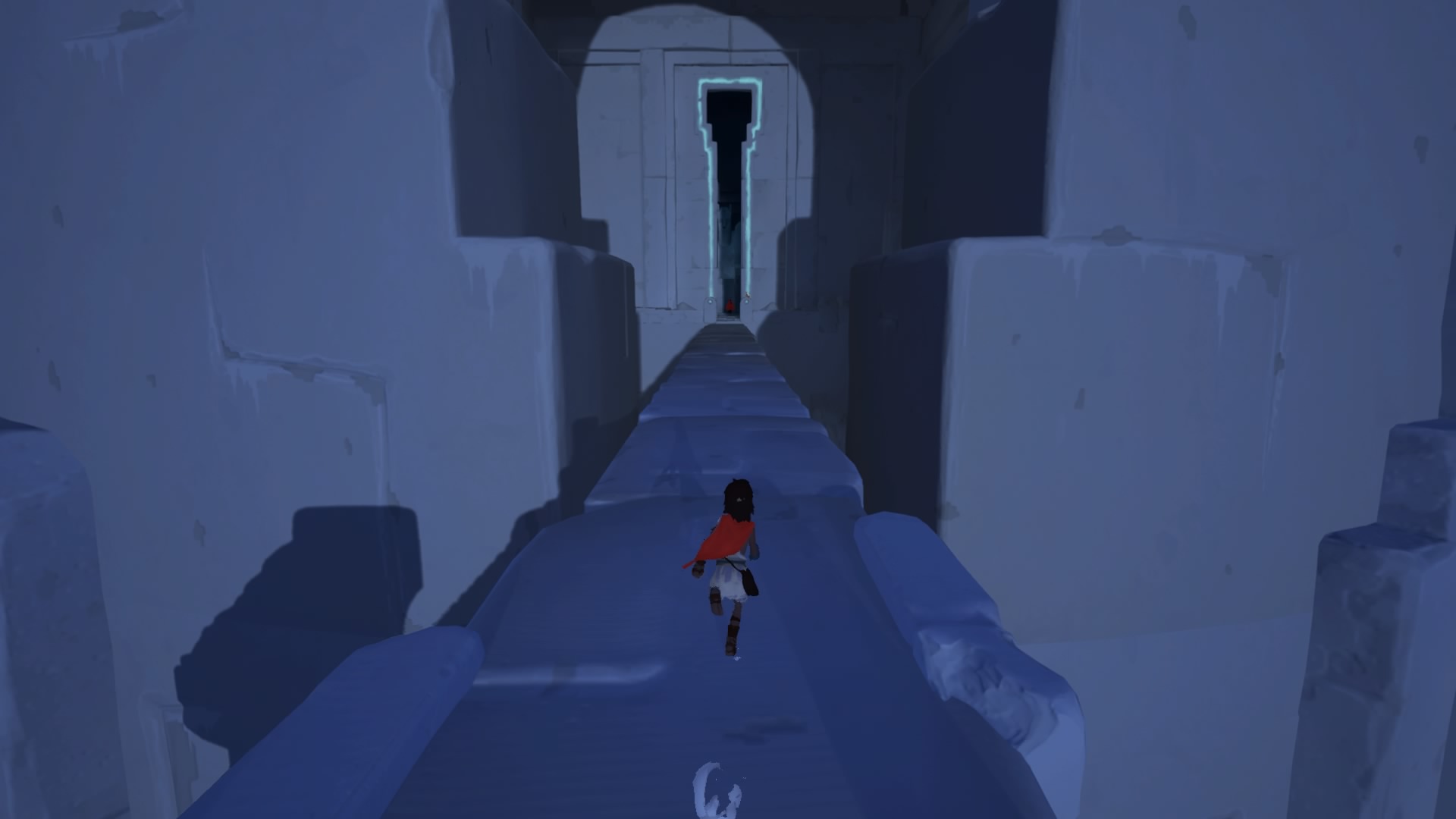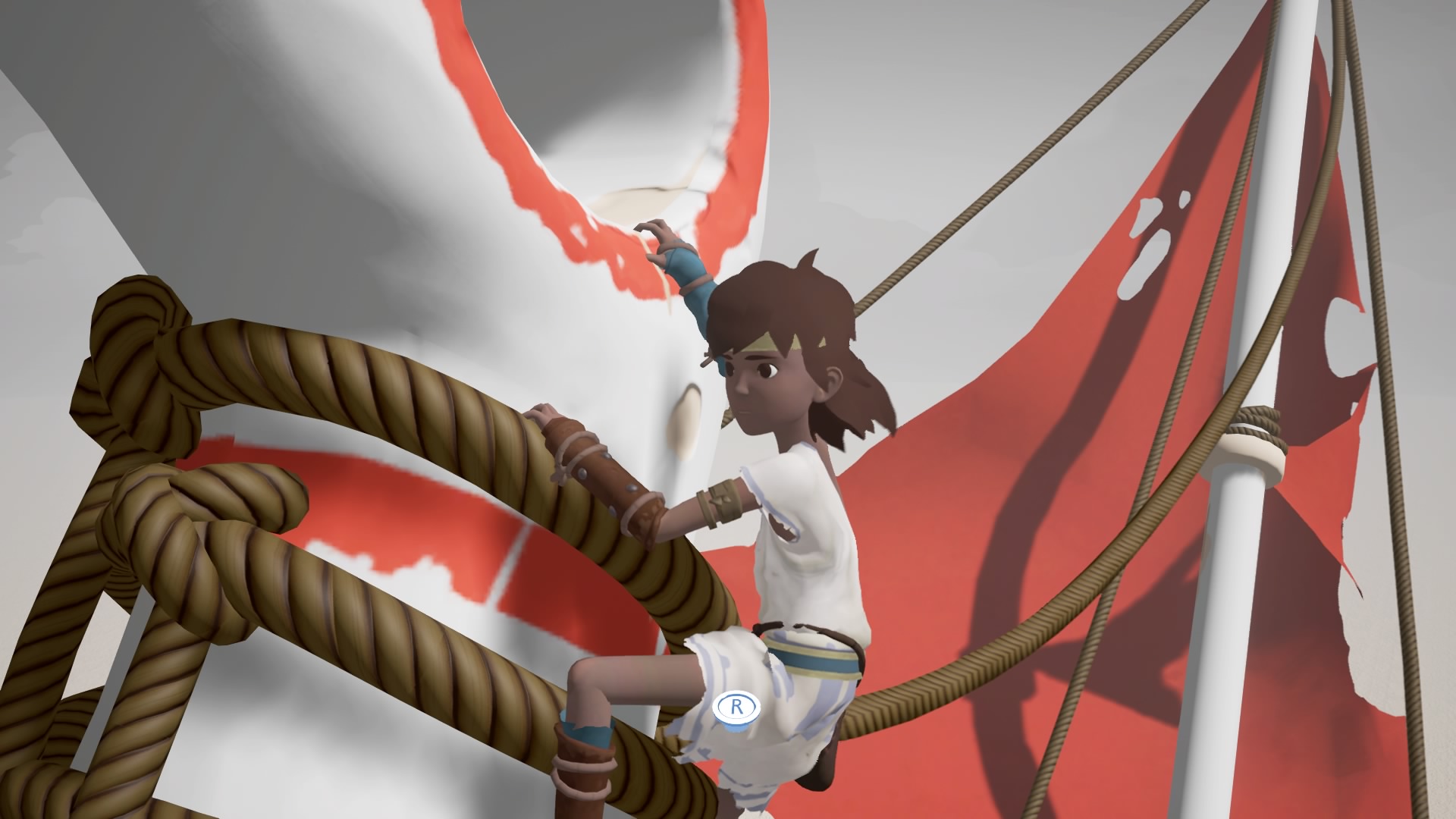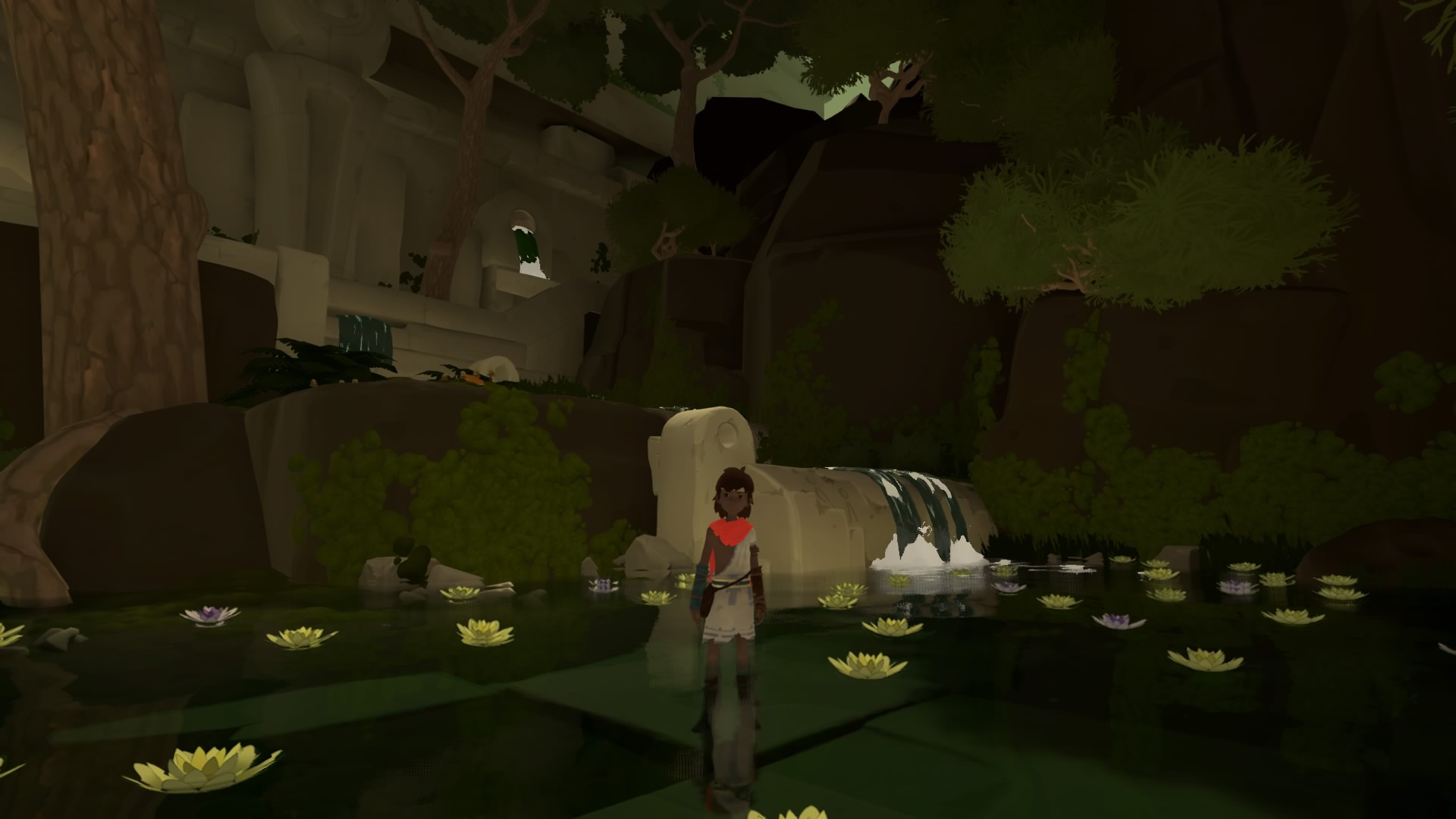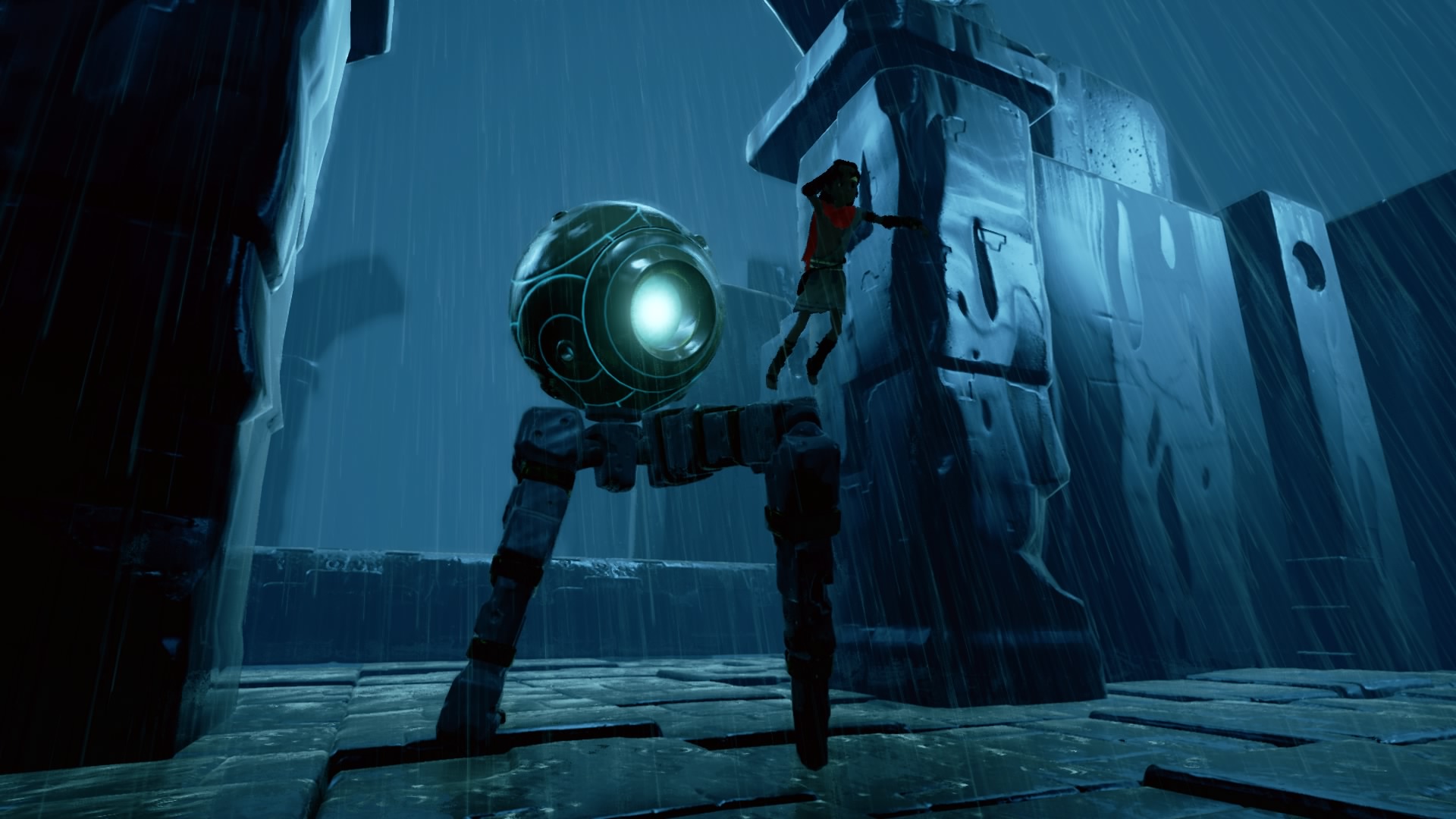Avatars, NPC's and meaningful choices encourage rich emotional experiences and Isbister covers this well in her first chapter. She looks at how there has been a move to allow customisation of avatars but also how there are characters with no discernible characteristics that could be anyone, this universality calls to mind the points made by Scott McCloud.
The second chapter, Social Play: Designing for Multiplayer Emotions looks at what happens when gamers play with other people. It does away with the idea that gamers are solitary players who engage in video games in isolation but rather that most gamers are social and play with others either online or from within the same room. It looks at research that corroborates anecdotal data that people like playing games against real people rather than the computer, there is a need for human interaction and intimacy occurs through social play and having active experiences. It delves into the building blocks designers use to provoke an emotional response: coordinated action, role-play, and social situations. The chapter is fascinating and especially when discussing the changing world of MMO's when new rules are introduced but players have a sense of etiquette and do not abide by the new rules but follow the collective older orders.
Chapter 3, Bodies at Play: Using Movement Design to Create Emotion and Connection, looks at how physically moving creates a connection between the avatar and the individual. The Nintendo Wii is discussed here and so are the Kinect and Move, all ways to get people moving in their sedentary hobby of video games. Dance based video games are discussed and DDR is talked in the context of creating lots of social connections and groups. There are a variety of indie games cited and they all look suitably wacky. The international senior citizens Wii competition, which allows people in old people homes to compete against one another is wonderful inventive. The results of the research show that people who share physical activity and have a mutual gaze have a longer positive social effect, in short people bond easier when they are together physically. In an age of wearables and movement based controllers the social and emotions connections forged can be deep. However it could lead to issues with identity and who is the real you?
The penultimate chapter; Bridging Distance to Create Intimacy and Connection, looks at the changing face of connection. Initially connection meant that players would be in the same room playing together, humans are designed to not be alone but rather a part of a community. With networked connections and online play connections can be created in different ways. The chapter considers Words With Friends, people challenging each other over potentially long distances without any bonding but the through the act of playing together bonds can be formed. In the game Journey your character collaborates with a random person on the Playstation Network and through in game sounds you can communicate but it is not any language that could be expanded to have a meaningful conversation. Together you head towards the light at the top of the mountain and only together can you do some of the activities or see the wonders. At the end of the game as both avatars are reaching the zenith of the peak the snow falls heavily and it is only through the use of each others' body heat that you can ascend, and even then you don't make it. Journey is a profound experience and is better shared, the connection formed with the people who joined you has been said to be spiritual for a lot of gamers including me. The chapter looks at how games like Journey are creating intimate bonds between random strangers on a network.
















































